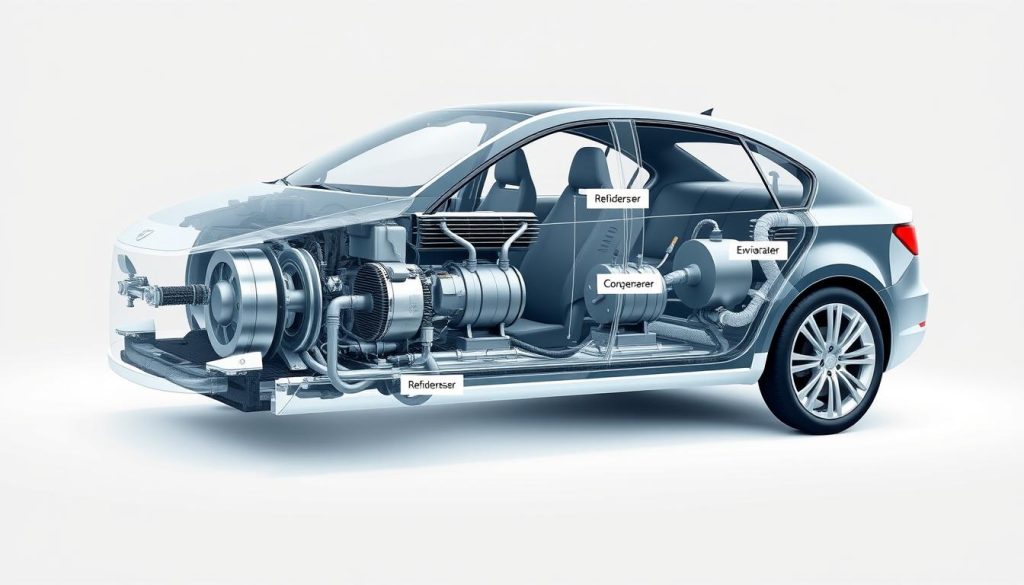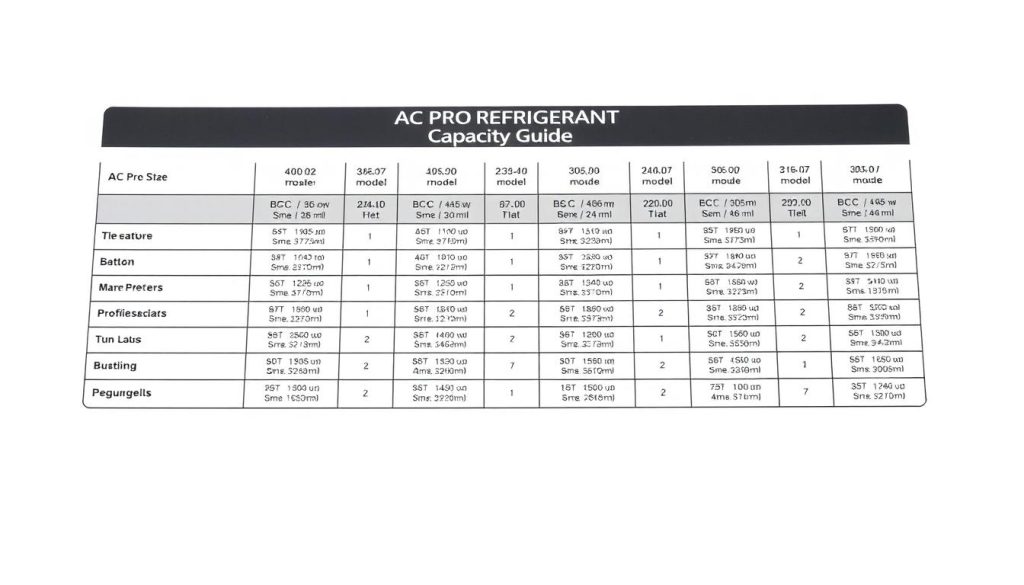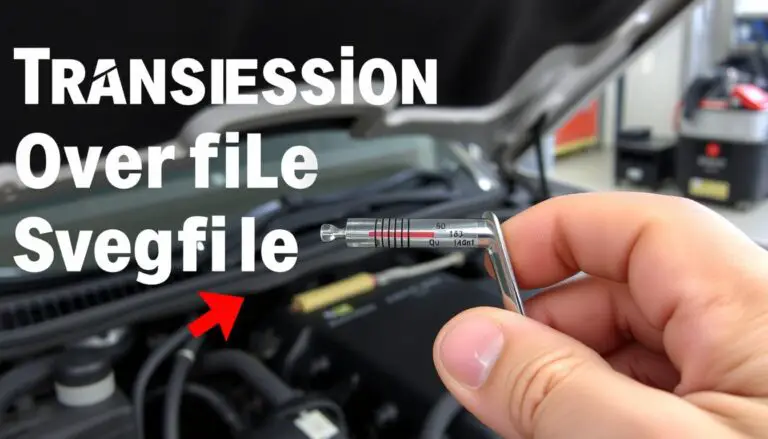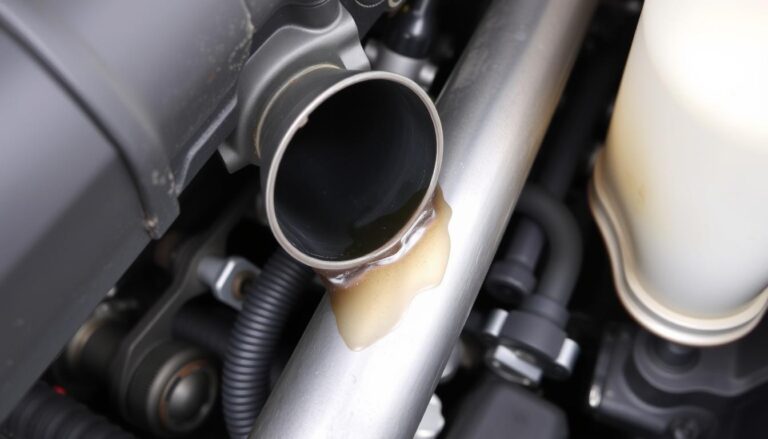The necessity of a thorough recharge in a vehicle’s air conditioning system cannot be overstated, as it directly impacts both performance and passenger comfort. AC Pro recharge solutions, catering to both homeowners and DIY aficionados, stand as a dependable option. Accurate determination of the requisite refrigerant quantity is paramount, to prevent either under or overcharging of the system.
The process of a car air conditioning recharge transcends mere refrigerant addition; it encompasses the assurance of system efficiency and efficacy. The selection of the appropriate AC Pro product volume is critical for achieving this objective.
Key Takeaways
- Understanding the correct amount of refrigerant is crucial for a successful recharge.
- AC Pro recharge products are designed for safe and effective use.
- Proper recharging enhances the overall performance of the car’s air conditioning system.
- Using the right amount of AC Pro product is essential for optimal results.
- Recharging your car’s air conditioning system can be a DIY-friendly task with the right guidance.
Understanding Car AC Systems and Refrigerant
The efficacy of a car’s air conditioning system hinges on the precise calibration of refrigerant levels and type, necessitating a comprehensive grasp of its operational dynamics. The system’s primary function is to cool the vehicle’s interior by effectively transferring heat from within to the external environment.
How Car AC Systems Work
The functionality of a car’s AC system is predicated on a cyclical process: evaporation, compression, condensation, and expansion. This process leverages refrigerant to absorb heat from the vehicle’s interior, facilitating its release to the exterior. Integral to this mechanism are the compressor, condenser, evaporator, and expansion valve, each playing a pivotal role in the cooling of the air.

What is AC Pro Refrigerant?
AC Pro represents a refrigerant formulation tailored for use in automotive air conditioning systems. Its compatibility with a broad spectrum of AC systems renders it an ideal choice for recharging purposes when refrigerant levels are depleted. The refrigerant is packaged in cans, each equipped with a gauge, facilitating user monitoring during the recharging process.
Why AC Systems Need Recharging
Car AC systems are susceptible to refrigerant leaks over time, which impairs their cooling efficacy. The introduction of AC Pro refrigerant can rejuvenate the system’s cooling capabilities. Regular maintenance and diagnostic checks are imperative for the timely identification of the need for refrigerant recharge.
| Component | Function |
|---|---|
| Compressor | Compresses refrigerant, raising its temperature and pressure |
| Condenser | Cools the compressed refrigerant, causing it to condense |
| Evaporator | Allows the refrigerant to expand and absorb heat from the car’s interior |
| Expansion Valve | Regulates the flow of refrigerant into the evaporator |
How Many Cans of AC Pro Do I Need for a Full Car AC Recharge?
The determination of the requisite number of AC Pro cans for a comprehensive car AC recharge hinges upon several variables, paramount among which are vehicle size and refrigerant capacity. The refrigerant capacity of a vehicle emerges as a pivotal factor in ascertaining the exact quantity of AC Pro cans necessitated.
Standard Refrigerant Capacity by Vehicle Size
Vehicles of disparate sizes and types exhibit varying refrigerant capacities. Below are some general guidelines:
Small Cars and Compact Vehicles
Generally, these vehicles necessitate between 1-2 cans of AC Pro, contingent upon the specific refrigerant capacity.
Mid-Size Sedans and SUVs
Typically, these require 2-3 cans, owing to their more substantial AC systems.
Large SUVs and Trucks
These may necessitate 3 or more cans, due to their elevated refrigerant capacities.
How Much Refrigerant Each AC Pro Can Contains
Each can of AC Pro harbors a specific refrigerant quantity, typically measured in ounces. Accurate knowledge of this quantity is indispensable for the precise calculation of the total number of cans required.
Calculating Your Specific Vehicle’s Needs
To ascertain the precise number of AC Pro cans requisite, refer to your vehicle’s manual or the manufacturer’s guidelines for the recommended refrigerant capacity. Subsequently, divide this capacity by the refrigerant quantity in each AC Pro can to deduce the number of cans necessitated.

As “The right amount of refrigerant is key to optimal AC performance.” Adherence to these guidelines ensures the proper recharging of your car’s AC system.
Signs Your Car AC Needs a Recharge
Several key indicators can signal that your car’s AC system is running low on refrigerant. If you’re experiencing any of these issues, it may be time to recharge your AC.
Reduced Cooling Performance
The most obvious sign is when your car’s AC isn’t cooling as effectively as it once did. If the air coming out of the vents is not as cold as it should be, it could indicate low refrigerant levels.
Strange Noises from the AC System
Unusual noises, such as hissing or bubbling sounds, can indicate a refrigerant leak or low levels.
Visible Refrigerant Leaks
If you notice oil stains or refrigerant leaks around the AC components, it’s a clear sign that your system needs attention.
Cycling Issues with the Compressor
If your AC compressor is cycling on and off more frequently than usual, it could be a sign of low refrigerant, causing the system to malfunction.
Tools and Materials Needed for AC Recharging
Recharging your car’s AC system necessitates the acquisition of specific tools and materials, ensuring a process that is both safe and efficacious. Prior preparation with all necessary items at hand facilitates a smoother execution, mitigating the risk of unforeseen complications.
Essential Tools for the Job
The fundamental tools requisite for AC recharging encompass:
- A can of AC Pro refrigerant
- An AC Pro gauge for measuring refrigerant levels
- A set of manifold gauges for more detailed system analysis
- A refrigerant leak detector to identify any leaks in the system
Safety Equipment Requirements
When engaging with refrigerants, safety equipment becomes paramount. The necessary items include:
- Protective gloves to prevent skin contact with refrigerant
- Safety glasses to protect your eyes
- A mask to avoid inhaling refrigerant fumes
Where to Purchase AC Pro Cans
AC Pro cans are available for purchase at various outlets: auto parts stores, online retailers, and select car dealerships. It is imperative to procure from authorized sellers to ensure authenticity.
Understanding the AC Pro Gauge
The AC Pro gauge serves as a pivotal tool for gauging refrigerant levels within your vehicle’s AC system. It enables the determination of the necessity for a recharge and the appropriate cessation point for refrigerant addition.
Step-by-Step AC Pro Recharging Process
The recharging of your vehicle’s air conditioning system with AC Pro is a straightforward procedure. It encompasses several pivotal steps aimed at replenishing the system with the appropriate refrigerant levels.
Preparing Your Vehicle
Initiate by positioning your vehicle on a level surface and ensuring it is in a stationary state. Engage the parking brake for enhanced safety. Referencing your vehicle’s manual is advisable to uncover any specific directives pertinent to AC recharging.
Locating the Low-Pressure Port
The low-pressure port is the focal point for refrigerant addition. Consult your vehicle’s manual to identify its precise location on your model. It is generally situated on the larger diameter hose between the compressor and the evaporator.
Checking Current Refrigerant Levels
Employ the AC Pro gauge to assess the current refrigerant levels. This step is indispensable as it delineates the exact quantity of refrigerant required for replenishment.
Connecting the AC Pro Can
Thoroughly agitate the AC Pro can prior to its attachment to the low-pressure port. Ensure a secure connection to forestall any potential leaks during the recharging operation.
Proper Recharging Technique
Execute the recharging of your AC system at a measured pace, intermittently monitoring the gauge to prevent overcharging. The target pressure should align with the specifications outlined in your vehicle’s manual.
Verifying the Recharge Was Successful
Post-recharging, activate your AC to verify its cooling efficacy. If the air emanating from the vents is cool and the system functions optimally, the recharging endeavor has been successful.
| Step | Description | Notes |
|---|---|---|
| 1 | Prepare Vehicle | Park on level surface, engage parking brake |
| 2 | Locate Low-Pressure Port | Check vehicle manual for location |
| 3 | Check Refrigerant Levels | Use AC Pro gauge |
| 4 | Connect AC Pro Can | Shake can, ensure secure connection |
| 5 | Recharge System | Recharge slowly, check gauge |
| 6 | Verify Recharge | Turn on AC, check cooling |
Environmental and Legal Considerations
The process of recharging a car AC system transcends mere technicalities, delving into a realm of environmental regulations and legal mandates. The management of refrigerants, in particular, is governed by stringent protocols aimed at curtailing environmental degradation.
EPA Regulations on Refrigerants
The Environmental Protection Agency (EPA) exercises oversight over refrigerant utilization within the United States, enforcing practices designed to avert atmospheric release. Adherence to EPA regulations is paramount for reducing the ecological footprint of AC recharging endeavors.
Proper Disposal of Empty Cans
Upon depletion, the disposal of AC Pro cans necessitates adherence to specific protocols. Recycling is advocated, with numerous local facilities accepting these containers. Proper handling of empty cans is imperative, fostering waste reduction and environmental stewardship.
Environmental Impact of Refrigerants
Refrigerants exert a profound environmental impact, contributing to ozone depletion and climate change when released into the atmosphere. The selection of refrigerant and the methodology employed during recharging are pivotal in mitigating these adverse effects.
By conforming to EPA guidelines and embracing responsible refrigerant management and disposal practices, individuals can substantially diminish the ecological repercussions of car AC recharging.
Troubleshooting Common AC Recharging Problems
Experiencing difficulties during or post-AC recharging is a frequent occurrence, necessitating a thorough understanding of troubleshooting methodologies. Identifying the root causes of these issues is paramount for effective resolution.
AC Still Not Cooling After Recharge
Should your vehicle’s AC fail to cool post-recharge, various factors may be implicated. It is imperative to verify the refrigerant’s level and inspect for any obstructions within the AC system. Confirm the AC Pro can’s correct connection and scrutinize the system for any signs of leakage.
System Won’t Accept Refrigerant
Should the system refuse to accept refrigerant, potential causes include overcharging or internal blockages. It is crucial to confirm the correct identification of the low-pressure port and ensure the AC Pro gauge’s operational integrity.
Detecting and Addressing Leaks
Refrigerant leaks are a prevalent concern. A meticulous examination of the AC system for leak indicators is required, with the aid of a leak detector if necessary. Timely intervention to rectify leaks is vital to avert further system deterioration.
When to Stop Adding Refrigerant
Understanding the point at which to cease refrigerant addition is critical to prevent system overcharging. Vigilance with the AC Pro gauge is essential, with cessation of refrigerant addition upon attainment of the recommended pressure.
Conclusion
Proper car AC maintenance is paramount for ensuring optimal performance and longevity. Utilizing AC Pro for recharging can effectively restore cooling functionality. Understanding your vehicle’s specific refrigerant needs and meticulously following the step-by-step recharging process are essential for a successful recharge.
A successful AC Pro recharge summary necessitates a thorough examination for leaks, verification of refrigerant levels, and confirmation of system functionality. Regular car AC maintenance is instrumental in preventing issues and reducing the likelihood of costly repairs. Adherence to the guidelines presented in this article empowers you to recharge your car’s AC system successfully, thus enhancing your driving experience with cooler temperatures.
It is imperative to adhere to EPA regulations and ensure the proper disposal of empty AC Pro cans to mitigate environmental impact. With the appropriate tools and knowledge, you can maintain your car’s AC system in optimal condition, ensuring its efficient operation.
FAQ
How do I know if my car’s AC needs a recharge?
Indicators of a need for AC recharge include diminished cooling efficacy, anomalous AC system noises, observable refrigerant leaks, and compressor cycling irregularities.
What is the standard refrigerant capacity for different vehicle sizes?
Refrigerant requirements differ by vehicle size. Compact vehicles and small cars necessitate less refrigerant than mid-size sedans and SUVs. In contrast, large SUVs and trucks demand the highest quantities.
How much refrigerant does each AC Pro can contain?
The refrigerant volume within each AC Pro can is detailed on the product’s label. It is imperative to verify the label to ascertain the precise quantity for your vehicle.
Can I recharge my car’s AC system myself?
Self-recharging of your vehicle’s AC system is feasible with AC Pro products, provided you adhere to a step-by-step guide and exercise due diligence regarding safety.
What are the EPA regulations on refrigerants?
The Environmental Protection Agency (EPA) enforces regulations on refrigerants to mitigate their environmental footprint. It is crucial to manage refrigerants responsibly and ensure the proper disposal of empty cans.
How do I detect and address refrigerant leaks?
To identify refrigerant leaks, scrutinize the AC system for signs of leakage, such as oil stains or ice formation. If a leak is detected, it is advisable to seek professional mechanical assistance for repair.
What should I do if my car’s AC still isn’t cooling after recharging?
In the event that your vehicle’s AC fails to cool post-recharge, investigate for additional malfunctions, such as a malfunctioning compressor or obstructed condenser coils. Professional mechanical consultation may be warranted.
Where can I purchase AC Pro cans?
AC Pro cans are available for purchase at various auto parts retailers, online marketplaces, or directly from the manufacturer’s official website.
How do I properly dispose of empty AC Pro cans?
Adherence to local regulations and guidelines for hazardous waste management is essential for the disposal of empty AC Pro cans. Recycling options should also be explored whenever feasible.


